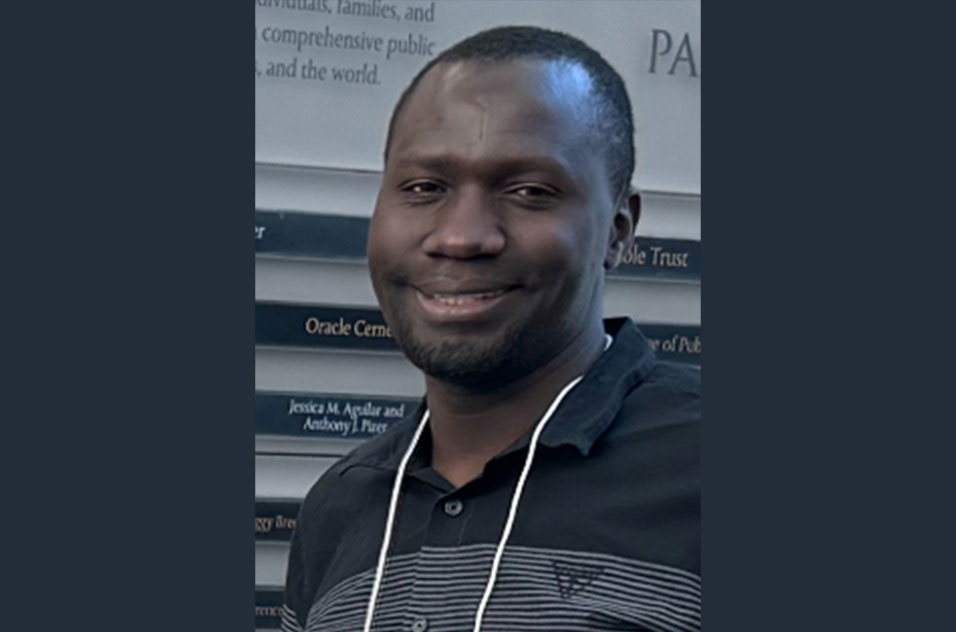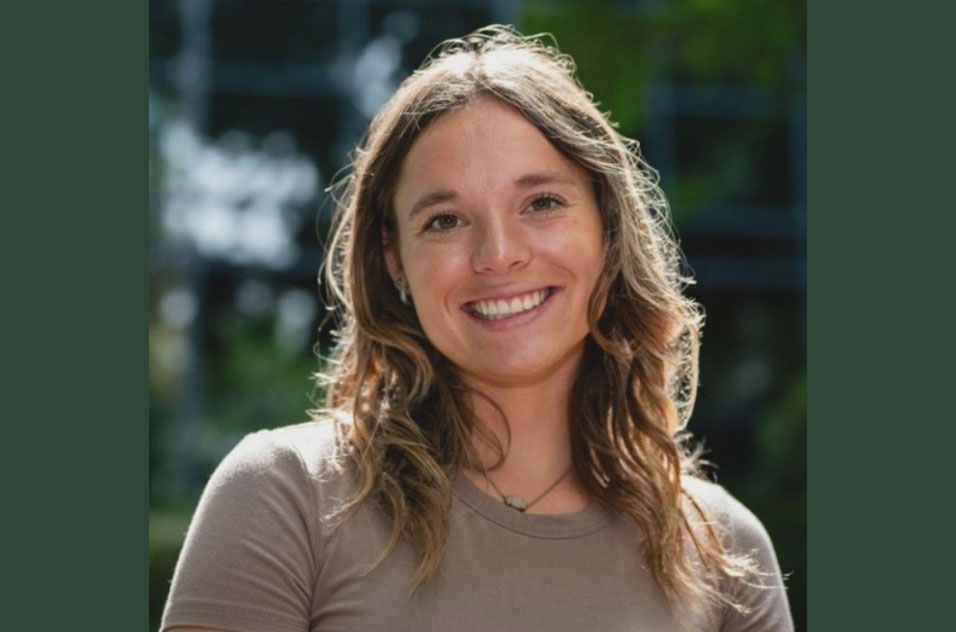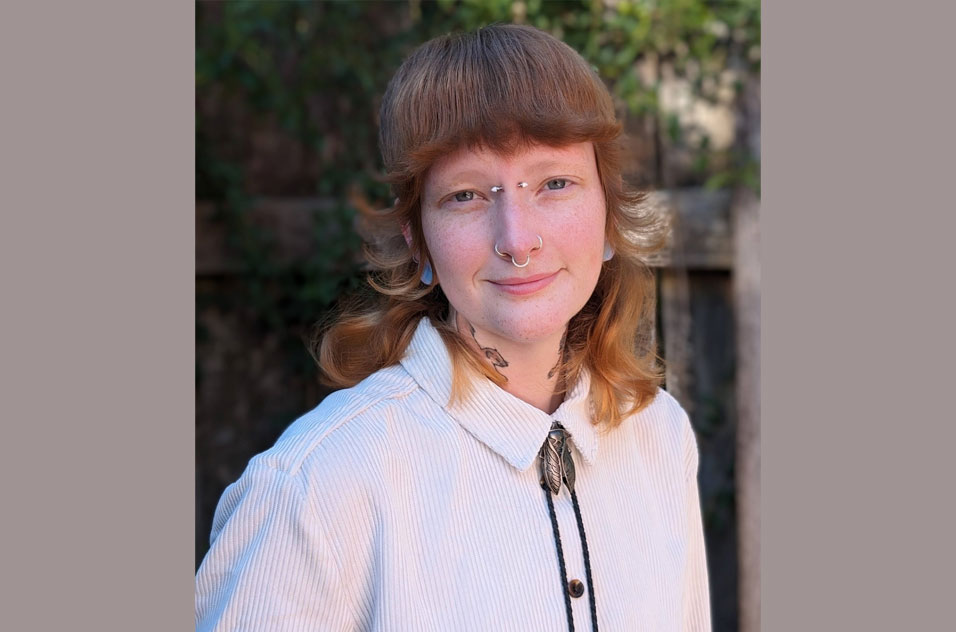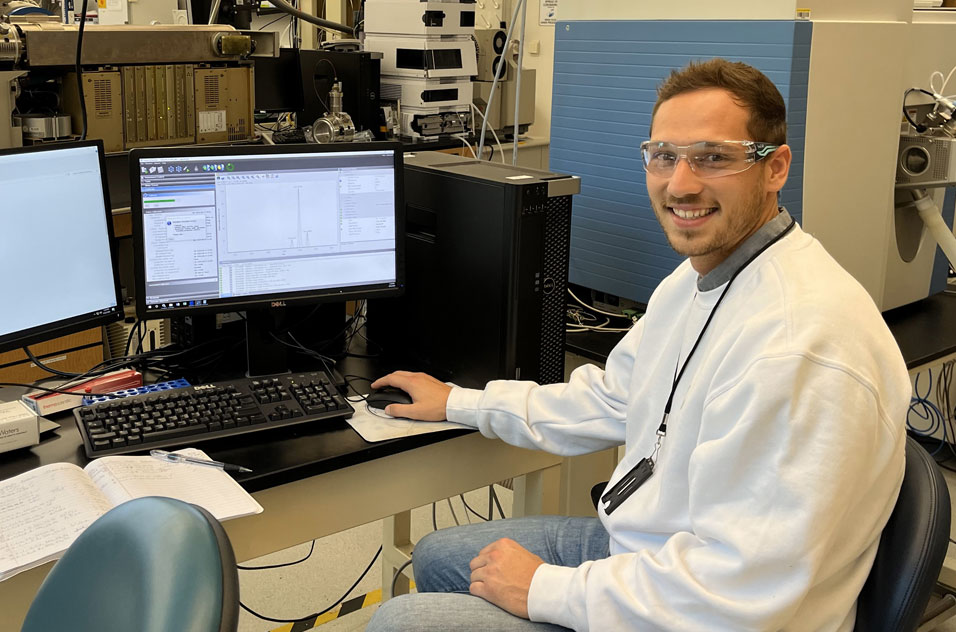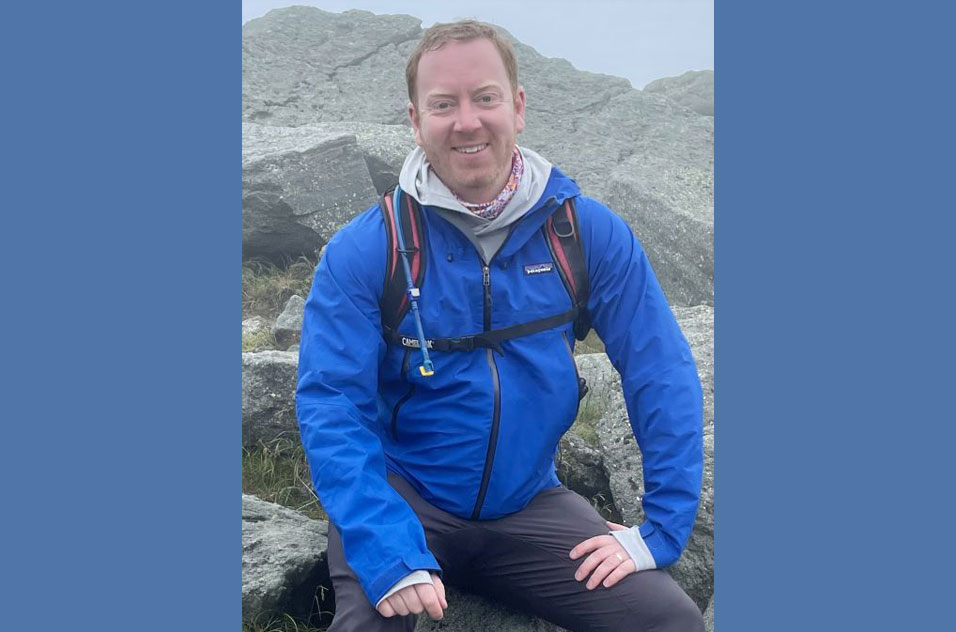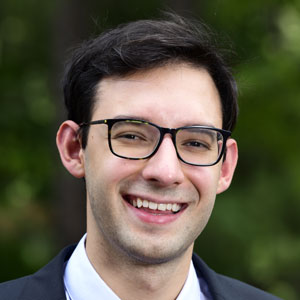Six trainees from institutions funded by the NIEHS Superfund Research Program (SRP) received K.C. Donnelly Externships to expand their research skills outside their home institution. The awards allowed the graduate students and postdoctoral researchers to travel to other SRP centers or government agencies to learn new methods and techniques and apply them to innovative, collaborative research projects.
The externships were established in 2011 to honor the memory of K.C. Donnelly, Ph.D., a long-time SRP grant recipient, scientist, teacher, and mentor who studied environmental exposures.
“We’re so proud of the work that our trainees have accomplished as a result of this cross-center collaboration,” said SRP Director Michelle Heacock, Ph.D.
Learn more about the six recipients and the projects they are tackling below.
Yáu Adamu, of the University of Iowa SRP Center, visited the Lawrence Livermore National Laboratory and learned new techniques for analyzing polychlorinated biphenyls (PCBs) in maternal blood, amniotic fluid, the placenta, and developing rat fetuses. The techniques will help Adamu better understand the transfer of contaminants like PCBs from mother to child.
“This externship introduced me to new techniques and valuable lessons to achieve my long-term goal of becoming a great toxicologist,” said Adamu.
Kyla Drewry, of the Northeastern University SRP Center, traveled to local and state health departments in North Carolina to learn about and experience real-time disaster response programming in the wake of Hurricane Helene. Through this interdisciplinary effort, Drewry helped design and build wellhead models that local health departments used.
“The models showed residents how to collect samples from private wells damaged during Hurricane Helene, and how to disinfect wells for clean drinking water,” said Drewry.
Fox Foley, a trainee at the Louisiana State University SRP Center, traveled to Oak Ridge National Laboratory (ORNL) and learned a new surface analysis technique for studying environmentally persistent free radicals at the atomic level.
“Working with ORNL scientists also allowed me to peek into the professional science world beyond academia to expand my network and gain a better idea of what my path forward could look like post-graduation,” said Foley.
Obinna Nwokonkwo, of the Harvard University SRP Center, traveled to Yale University, and learned new approaches for designing materials to remove 1,4 dioxane — a potentially carcinogenic chemical used in some personal care products — from water.
“The externship significantly expanded my skill set, adding valuable experimental capabilities to my computational expertise,” said Nwokonkwo. “Exposure to state-of-the-art equipment and methods has refined my understanding of water treatment challenges, increasing my competence in materials development.”
Brendan O’Leary, of the Wayne State University SRP Center, visited the University of Kentucky’s SRP Center, and learned how to use a specialized screening tool to analyze volatile organic compounds (VOCs) in the field.
“During our one-week field period, we developed a dataset evaluating VOC concentrations in soil vapor and sewer lines, advancing our center’s ability to assess environmental conditions and contamination risks,” O’Leary said.
Jarod Snook, of the University of Rhode Island SRP Center, visited the National Institute of Standards and Technology (NIST), where he conducted research to develop and improve PFAS detection tools.
“I was able to learn NIST protocols and how the researchers perform analyses with high degrees of precision, how they analyze PFAS in both targeted and nontarget workflows, and how to operate their instrumentation,” said Snook.
(Lindsay Key is a senior communications specialist at MDB, Inc., a contractor for the NIEHS Division of Extramural Research and Training.)





